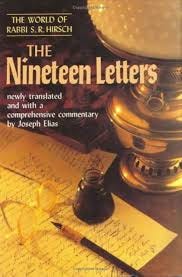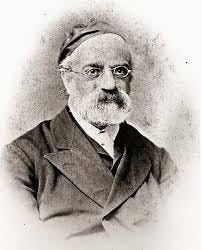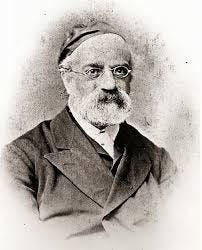One of the most significant challenges facing the Jewish People, and maybe our community in particular, is a lack of understanding of the basic underpinnings of our worldview. Even for many who are totally committed to Torah and mitzvos, much of it is done without understanding, depth, or connection — in certain cases, what the Navi called mitzvas anashim m’lumada.1 It is nearly impossible to develop passion for something you don’t understand, or see as a burden as opposed to an opportunity. Unfortunately, that is how most Jews, especially young ones, see their Judaism.
The most important and most natural way for these ideas to be taught is for parents to build them into discussions throughout life. A worldview is most easily conveyed by living and discussing the world being viewed. One of my favorite examples is when we used to see cars driving through our old mixed-frumkeit neighborhood on Shabbos. One of my kids, who is very focused on rules, would always point it out, and we would discuss different reasons why someone might be driving on Shabbos, one of which was potential danger to life. I liked to highlight Rashi’s explanation for why we are allowed to transgress most halachos to prevent danger to life:
אין כאן לומר וחי בהם ולא שימות בהם שלא התיר הכתוב אלא משום חביבות נפשם של ישראל להקב"ה
… “And live through them [the mitzvos] and not die through them” does not apply in this case, for the Torah only permitted it [transgressing a mitzvah] due to the love Hashem has for the Jewish people…2
Highlighting these types of ideas as they come up through varied life experiences has the potential to make a deep impact on the way one’s children look at the world. However, many parents don’t have the background necessary to do what we are describing, so this most natural route is often not available.
Sefer Club
An easy alternative way to accomplish this, aside from frontal teaching contexts, is to expose our teens and collegiates to the books and seforim that are dedicated to discussing these fundamental ideas. The best model may be a book club: Five to eight friends getting together once a week to discuss a chapter or section of one of these texts over snacks and drinks. The camaraderie combined with the impact of discussing ideas that cut to the core of who we are and how we are meant to live could potentially inspire a new relationship with Torah and mitzvos, inspiring appreciation rather than frustration or contempt.


The texts that made the most impact on my life in this regard, which I would love to share with as many people as possible, are:
The Nineteen Letters, by Rabbi Samson Rephael Hirsch. The first letter contains some of the most common questions on Jewish practice and faith, still resoundingly relevant 200 years after it was written. The next seventeen build a scaffolding, from the foundation all the way through application, of what a proper Jewish perspective on the Big Questions are and how that translates into a life of meaning and significance. Lifechanging.
Halakhik Man and Lonely Man of Faith, by Rav Soloveitchik. Both deal with fundamental questions about human existence and religious life, from two different perspectives. Halakhik Man focuses more on the fundamentals of religious life, whereas Lonely Man of Faith is about the challenge of a life of faith.
By His Light, by Rav Aharon Lichtenstein. This work is a collection of Rav Aharon’s speeches and essays dealing with a range of topics. The first four chapters especially are crucial: originally given as a series, they develop how a person is meant to understand their place in the world on three levels — as a human being, a Jew, and a ben Torah. Rav Lichtenstein’s analytical style means that the topic is covered from a number of perspectives and leads to very powerful, practical conclusions.
Just about anything by Rabbi Jonathan Sacks. Every one of his books is powerfully written and lays out thought-provoking ideas to digest. Future Tense: “Judaism is the voice of hope in the conversation of mankind.” The Great Partnership: “Science takes things apart to see how they work; religion puts things together to see what they mean.” Morality: “The market and the state are about ‘I,’ but morality is about ‘We.’” A Letter in the Scroll: “Every Jew is a letter. Each Jewish family is a word…” He was uniquely gifted at presenting big ideas in hopeful, positive, and relatable ways.
This topic is a crucial one, and there’s so much room to develop it further and come up with more ideas. If you have any suggestions, feel free to reach out or share it in the comments below!
Yeshaya 29:13
Sanhedrin 74a, d.h. Mai chazis



